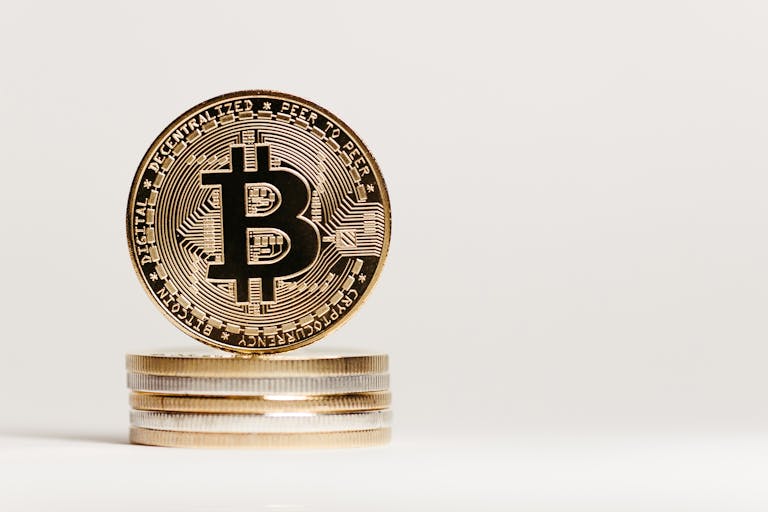How to Use Crypto for Online Purchases: A Complete Guide
In recent years, cryptocurrency has evolved from a niche concept to a viable tool for everyday transactions. With its emphasis on security, speed, and decentralization, crypto is increasingly being used for online purchases. Whether you’re a seasoned crypto enthusiast or a curious beginner, this guide will walk you through the steps of using cryptocurrency for online shopping, along with tips to stay safe and informed.
Why Use Crypto for Online Purchases?
1. Privacy and Control
Cryptocurrency transactions are pseudonymous, meaning they don’t require sharing personal details like your name or bank account number. This reduces the risk of identity theft and data breaches.
2. Lower Fees
Traditional payment methods (credit cards, bank transfers) often come with high transaction fees. Crypto transactions, especially on blockchains like Bitcoin or Ethereum, typically have lower costs, especially for international purchases.
3. Global Accessibility
Cryptocurrencies are borderless, making them ideal for buying goods or services from anywhere in the world without currency conversion hassles.
4. No Middlemen
By cutting out intermediaries like banks or payment processors, crypto transactions can be faster and more efficient.
Risks and Considerations
Before diving in, it’s essential to understand the challenges:
- Volatility: Cryptocurrencies can fluctuate wildly in value, which might affect the purchase price.
- Security Risks: Poorly secured wallets or exchanges can lead to theft.
- Regulatory Uncertainty: Laws around crypto vary by country, and some regions restrict its use.
- Limited Acceptance: Not all online retailers accept crypto, though the number is growing.
Step-by-Step Guide to Using Crypto for Online Purchases
1. Choose a Crypto Wallet
A wallet is a digital tool to store, send, and receive cryptocurrency. There are several types:
- Software Wallets: Apps like MetaMask or Trust Wallet (mobile/desktop).
- Hardware Wallets: Devices like Ledger or Trezor that store crypto offline for enhanced security.
- Exchange Wallets: Built into platforms like Coinbase or Binance, but less secure than dedicated wallets.
Tip: Always prioritize wallets with strong security features, such as two-factor authentication (2FA) and backup options.
2. Acquire Cryptocurrency
You’ll need to buy crypto using fiat currency (e.g., USD, EUR). Popular exchanges include:
- Coinbase (user-friendly for beginners)
- Binance (offers a wide range of cryptocurrencies)
- Kraken (known for security)
Once you’ve funded your account, transfer the crypto to your wallet.
3. Find Merchants That Accept Crypto
Not all online stores accept cryptocurrency directly. Look for:
- Crypto logos (e.g., Bitcoin, Ethereum) on checkout pages.
- Payment processors like BitPay, Coinbase Commerce, or Crypto.com that enable merchants to accept crypto.
- Platforms such as Amazon (via Visa crypto cards), eToro, or Overstock (which has long accepted Bitcoin).
Pro Tip: Use services like Rakuten or Custodio to earn crypto rewards for purchases.
4. Make the Purchase
Once you’ve selected a merchant:
- Add items to your cart and proceed to checkout.
- Choose the crypto payment option.
- Scan a QR code or copy the wallet address to send the required amount.
- Confirm the transaction on your wallet.
Note: Some merchants may require you to wait for 1–2 confirmations (especially on Bitcoin) before the payment is processed.
5. Security Tips
- Never share private keys or recovery phrases.
- Use 2FA for all accounts.
- Regularly update wallet software.
- Avoid public Wi-Fi when making transactions.
Examples of Crypto-Friendly Merchants
- Microsoft: Accepts Bitcoin for Xbox and Microsoft Store purchases.
- Tesla: Temporarily accepted Bitcoin for car purchases (check current policies).
- eBay: Some sellers accept crypto via payment processors.
- Binance Shop: A platform offering crypto-based purchases.
Additional Tips for New Users
- Monitor Volatility: If the price of your crypto drops after initiating a purchase, the merchant might receive less value. Some systems auto-convert crypto to fiat to mitigate this.
- Understand Taxes: In many regions, using crypto for purchases may trigger capital gains taxes. Consult a tax professional.
- Explore Crypto Cards: Services like BitPay Card or Crypto.com Card let you spend crypto like a regular credit card, automatically converting it to fiat.
Conclusion
Using cryptocurrency for online purchases offers a modern, secure, and efficient alternative to traditional payment methods. While it comes with unique challenges, the growing acceptance of crypto by merchants and the availability of user-friendly tools make it more accessible than ever. By following best practices for security and staying informed about market trends, you can safely enjoy the benefits of crypto shopping.
As the crypto landscape continues to evolve, always conduct thorough research and consider your risk tolerance before making transactions. Happy shopping!







